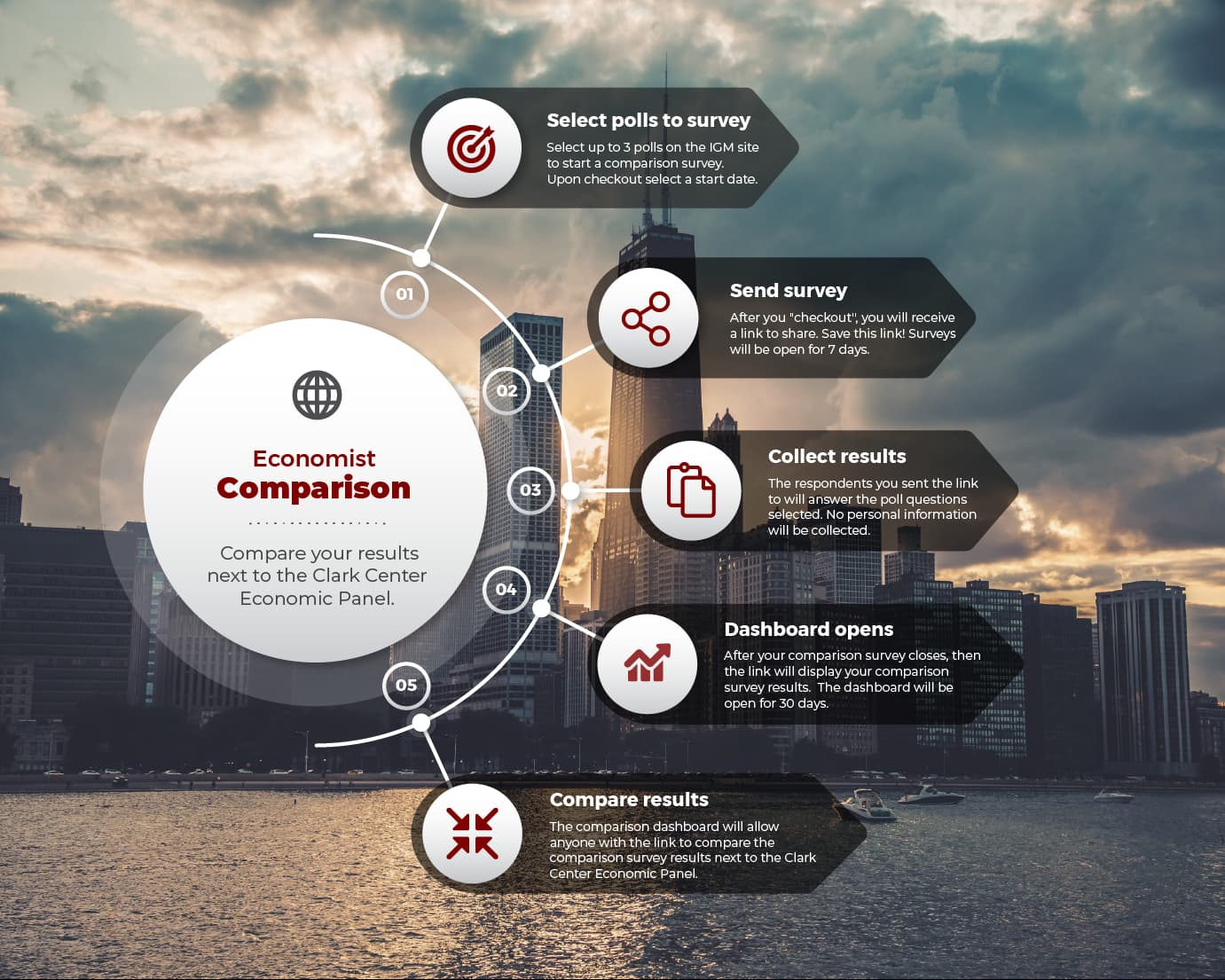Private equity investing, as the name rather helpfully suggests, involves buying (and later selling) equity in firms that are not listed on the public markets. Under that, rather broad umbrella, a whole variety of different investing strategies can be found. Varying from venture capital (the provision of early-stage investments to often quickly growing companies) to buy outs of existing firms, most often funded through debt. Some forms of investment in real estate or infrastructure occasionally fall into the category, depending upon exactly which definition one chooses to employ.
The strategies employed by practitioners vary. Early stage venture capital investing can be compared to panning for gold. Most of the time the sieve will come back up filled with dirt and rocks but a few gold nuggets make the entire process worth sticking with. By contrast, when an existing public firm is taken private by a buyout, those making the purchase usually have a plan to transform its fortunes via changes in management, its business model, or its capital structure.
Whatever strategy a private equity is pursuing though there are some attributes that they tend to hold in common. They generally take a much more hands-on approach to the actual business of investee companies compared to traditional investors. They will often appoint their management to run a firm or at the very least play an active role in advising them.
The returns in all forms of private equity usually rely on capital gains rather than income streams. Turning a profit is usually about the exit strategy when a stake in a firm will be sold on by the investing private equity firm rather than a tale of the steady accumulation of dividends over many years. In short, the strategy is one of buy and sell rather than buy and hold.
The final factor that such investments tend to hold in common, is a relative lack of liquidity. By their very nature stakes in private, unlisted firms can be tricky to sell and especially tricky to sell in a hurry. Indeed, some of the apparent excess returns that private equity firms seem to generate is probably best thought of as an illiquidity premium.
And whilst it is not a feature that firms in the industry tend to boast about, that illiquidity tends to be accompanied by often opaque structures and valuations. It usually also comes with a high fee structure too for the underlying investors.
Nowadays private equity represents a large chunk of global markets. Last month EY, the professional services firm, estimated that the value of global private equity funds stood at $5.3 trillion in 2023 and that of venture capital funds at $3.4 trillion. Those numbers are up from $2 trillion and $0.5 trillion a decade before.
The odd thing about the industry though, as identified by a recent report by the consultancy Bain is that whilst individual investors globally hold around 50% of the estimated $275 trillion of assets under management across all financial markets, they hold only 16% of assets in alternative investments (a broad group including not just private equity funds but also hedge funds).
Traditionally private equity funds have raised most of their funds from large institutions such as pension funds, university endowments, and sovereign wealth funds rather than from retail investors. As Bain notes, it seems that both retail investors and private equity firms would like this to change.
For retail investors, much of the attraction comes from the apparent offer of strong returns. A case can also be made that investing in private markets offers investors exposure to a greater proportion of global economic activity than that which is listed on public markets.
For the private equity sector, retail money seems to be the only way to maintain fast growth in assets under management. As Bain put it:
“…it is unclear whether the industry’s traditional sources of fund-raising (large institutions) can continue to support that kind of growth. Bain & Company projects that institutional capital allocated to alternative investments will grow 8% annually over the next decade.”
8% annual growth in assets under management is nothing to be sniffed at but falls short of the double-digit growth such firms have become used to and still target.
The biggest barriers to expanding retail participation in private equity are the liquidity issue and regulation. A fund investing in a reasonably limited number of long term – and difficult to sell quickly – private investments cannot offer the same kind of daily liquidity as a fund invested in public equities and public debt markets. And whilst that is fine for large institutions, it tends to be more problematic for retail investors. Blackstone’s retail investor targeting property fund, launched in 2017, ran into trouble in 2022 when it could not meet the monthly redemption requests from investors. February this year was the first month in which all requests for withdrawal were met in over a year.
The perceived opaqueness of private equity investments, the liquidity constraints, and worries over charging structures have tended to see regulators putting high barriers to entry in place for retail investors. Something the industry is seeking to change.
Asked whether a reduction in barriers to retail participation in private equity (including investor wealth and knowledge and liquidity rules) would substantially improve household welfare, 36% of respondents either disagreed or disagreed strongly as opposed to just 18% agreeing or agreeing strongly. Weighting the results by confidence, moves those numbers to 44% vs 24%.
The results are not decisive, but the private equity industry might – if the panel has its way – have to start looking for a new source of growth.

